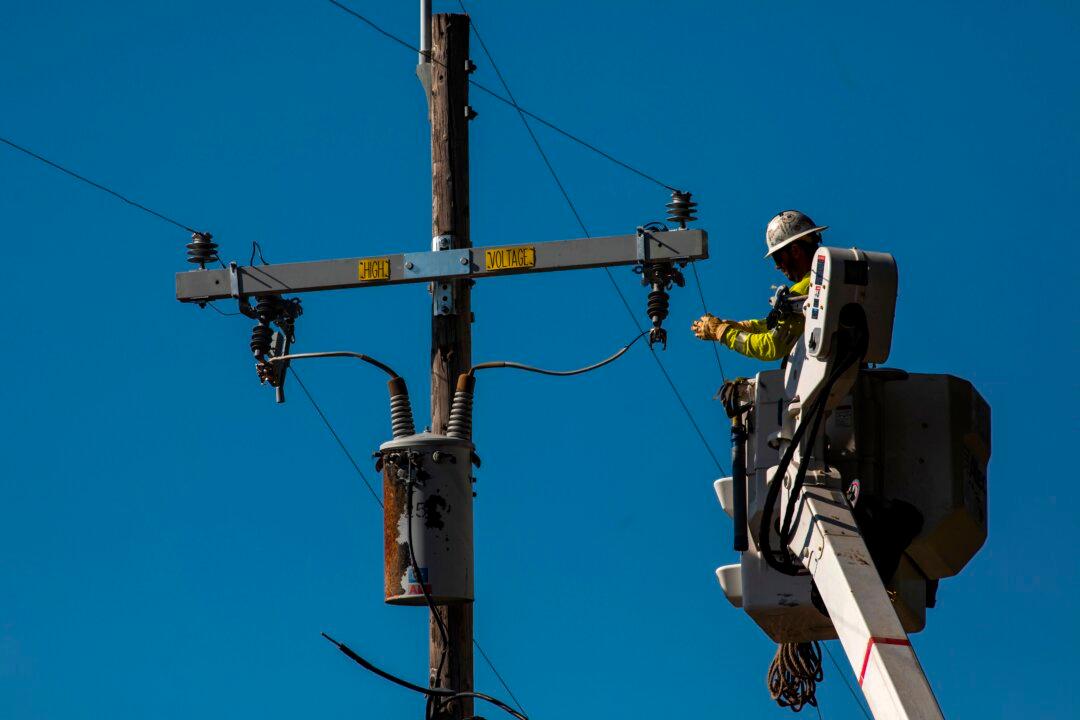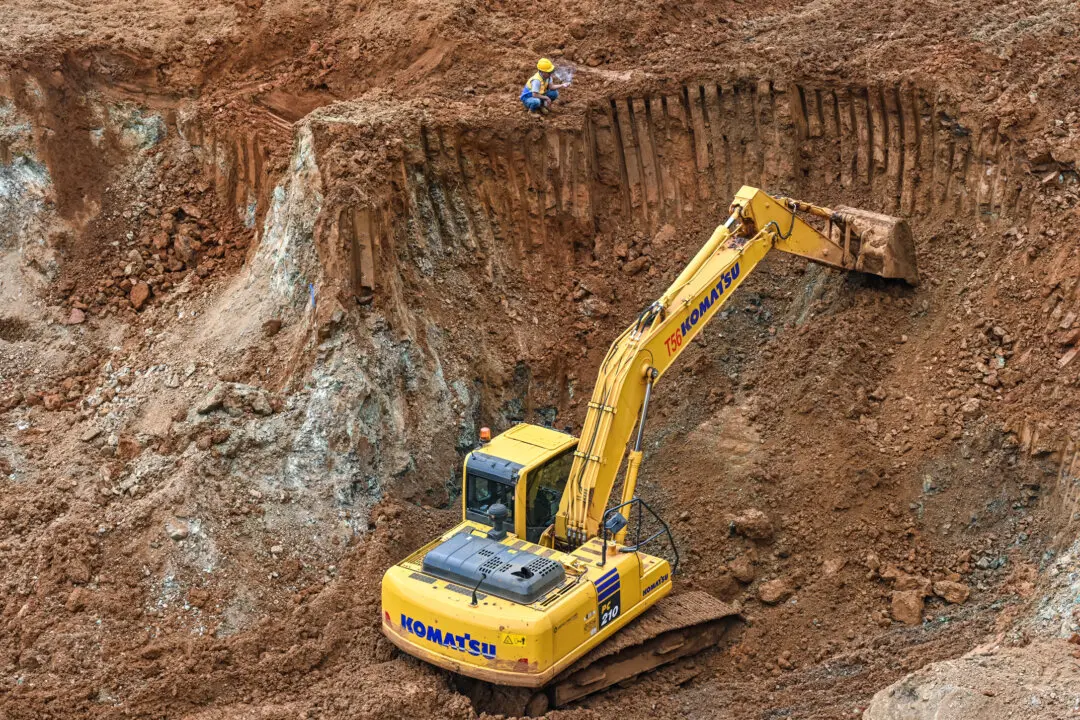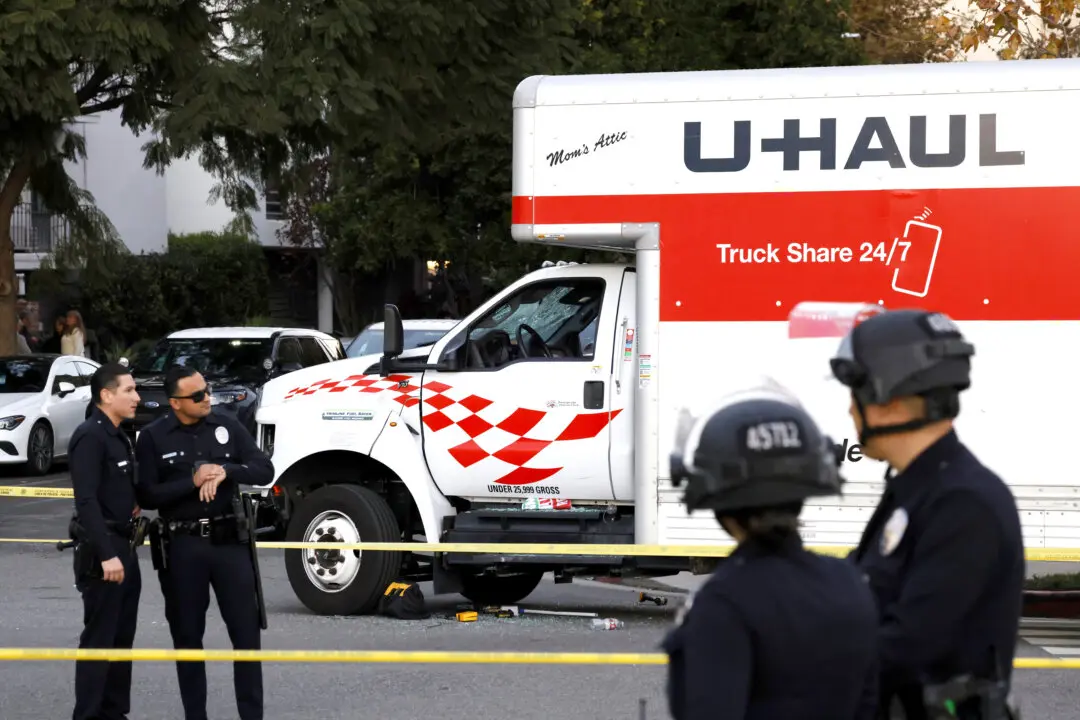Pacific Gas and Electric customers in California can’t sue the utility company for financial losses that occur during public safety power shutoffs, the California Supreme Court ruled Nov. 20.
The utility, which delivers electricity to nearly 16 million Californians, sometimes shuts off power delivery during extreme weather conditions, such as high winds and low humidity, to prevent wildfires.





